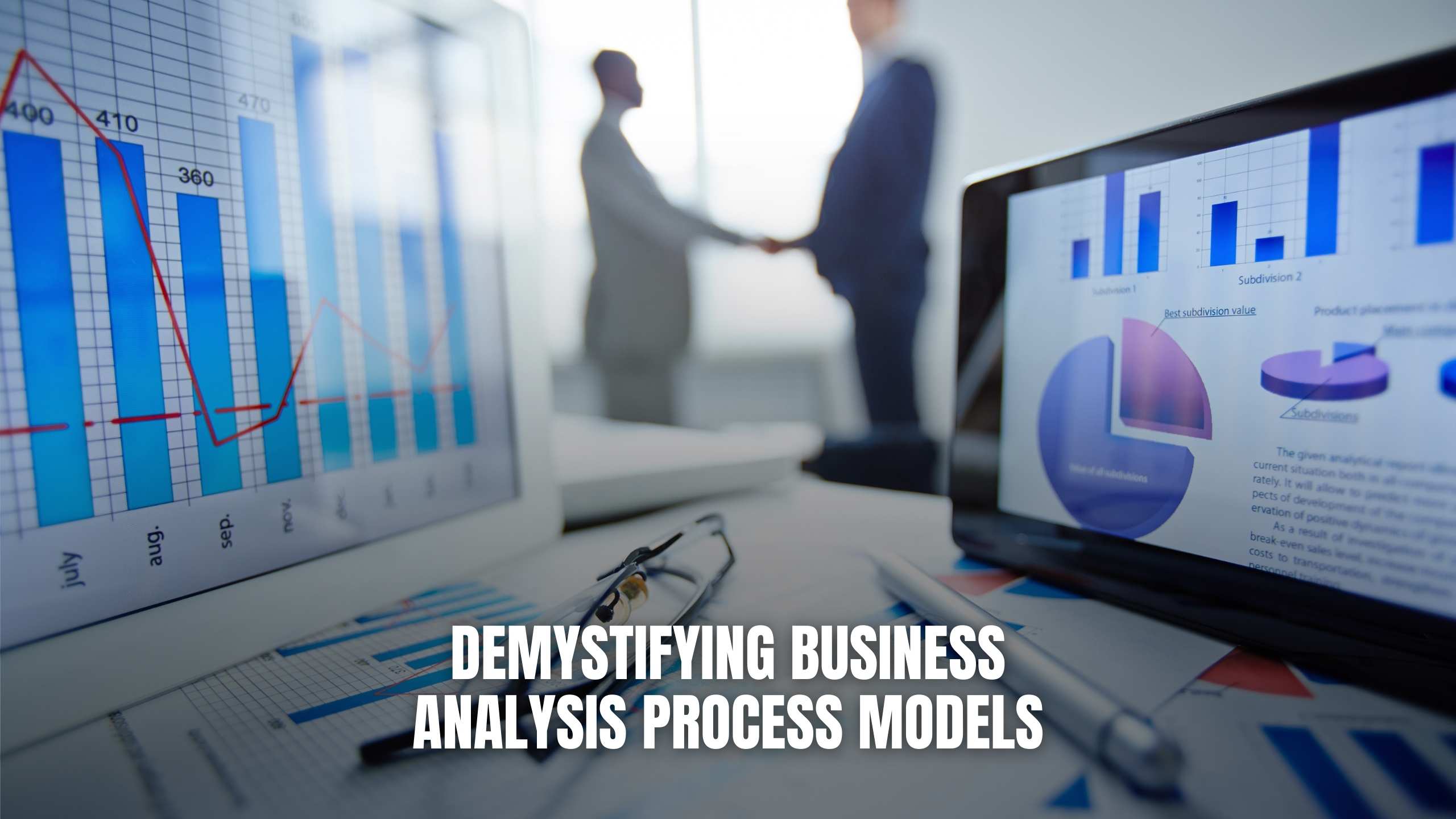Demystifying Business Analysis Process Models


Demystifying Business Analysis Process Models
Understanding the intricacies of business analysis process models is pivotal for successful organizational development and decision-making. In this exploration, we will delve into the key aspects of business analysis process models, shedding light on their significance and how SaaS tools can streamline these processes.
1. Introduction to Business Analysis Process Models
Business analysis process models serve as roadmaps for organizations to analyze, plan, and execute strategic initiatives. These models provide a structured approach to understanding business processes, identifying areas for improvement, and implementing effective solutions.
2. Common Types of Business Analysis Process Models
Various types of business analysis process models exist, each tailored to specific organizational needs. From the popular Unified Modeling Language (UML) to Data Flow Diagrams (DFD) and Entity-Relationship Diagrams (ERD), these models offer diverse perspectives, aiding businesses in comprehending and optimizing their processes.
3. The Significance of Process Modeling in Decision-Making
Business analysis process models play a pivotal role in decision-making by providing visual representations of complex processes. Leaders can leverage tools like Lucidchart to collaboratively create and analyze process models, fostering informed decision-making across the organization.
4. SaaS Tools for Business Process Optimization
Optimizing business processes often involves the use of SaaS tools. Kissflow and Process Street are examples of tools that streamline business processes, allowing organizations to create, manage, and automate workflows. These tools enhance efficiency by simplifying complex processes into manageable tasks.
5. Continuous Improvement Through Business Analysis
Business analysis process models not only identify current processes but also pave the way for continuous improvement. By employing tools like Asana, teams can collaboratively work on refining processes, ensuring adaptability to changes in the business environment and maintaining a focus on efficiency.
Recommended SaaS Products:
- Lucidchart: Collaboratively create and analyze business analysis process models to foster informed decision-making.
- Kissflow: Streamline business processes by creating, managing, and automating workflows for enhanced efficiency.
- Process Street: Simplify complex processes into manageable tasks to optimize business operations.
- Asana: Collaboratively work on continuous improvement initiatives and adapt to changes in the business environment.
- Subscribed.fyi: Unlock free member-only deals and access savings on 100+ SaaS tools for effective SaaS management.
Conclusion
Demystifying business analysis process models is essential for organizations aiming to optimize their operations and make informed decisions. The diverse range of process models and the integration of SaaS tools empower businesses to navigate complexities, streamline processes, and foster continuous improvement.
Optimize Your Business Processes with Subscribed.fyi!
Ready to enhance your business analysis and process optimization? Unlock free member-only deals with Subscribed.fyi. Sign up for free today and access savings on 100+ SaaS tools, totaling $100,000+ per year. Manage subscriptions effortlessly, track expenses, and make informed decisions with Subscribed.fyi.
Relevant Links:





